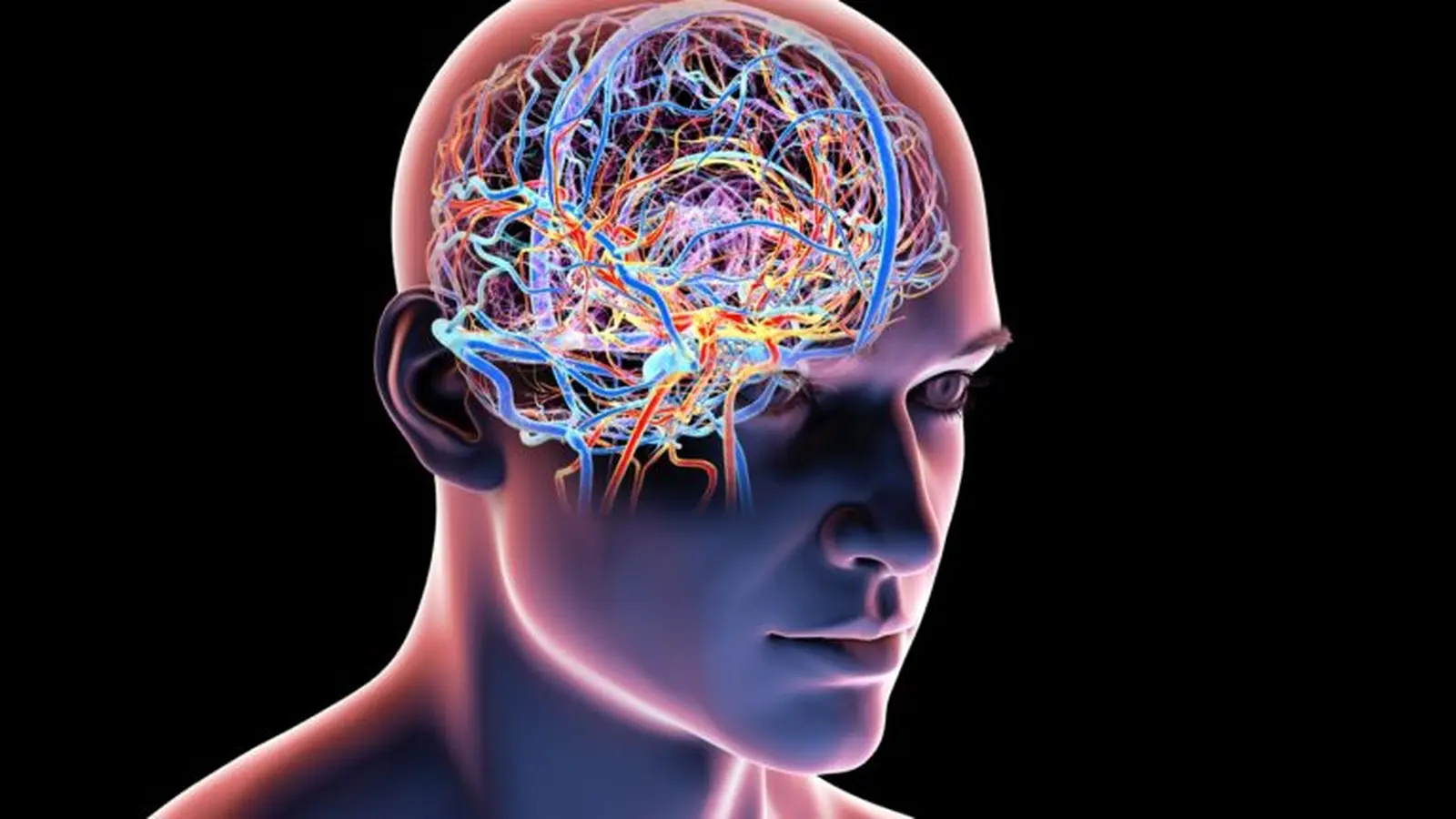7 Minutes
Is staying mentally agile as we grow older realistic — or just wishful thinking? Recent research in cognitive neuroscience suggests it is not only possible but also measurable. With the right habits, training and social engagement, people can strengthen what scientists call "cognitive reserve," improving the brain's resilience to aging and disease.
Why cognitive reserve changes the conversation about aging
For decades, education was treated as the primary marker of brain resilience. Indeed, years spent in school correlate with better cognitive outcomes in later life. But researchers now view cognitive reserve as far more dynamic: a lifetime of experiences—intellectual, social and physical—continually builds the brain’s ability to cope with age-related changes.
The idea matters because it reframes prevention. The 2024 Lancet report on dementia prevention estimated that up to 45% of dementia cases could be delayed or prevented by tackling 14 modifiable risk factors such as physical inactivity, depression and social isolation. Low education stands out among those risks, but it's only part of the story: reserve can be boosted at any stage through targeted activity.
How the brain resists decline: three complementary models
Scientists describe resilience to aging with three overlapping models that together help explain how interventions work.
Brain reserve — structural capacity
This model refers to the brain’s physical attributes, like neuron count or brain volume. People with larger structural resources may tolerate more age-related damage before symptoms appear. It’s a useful concept, but not a full explanation — structural advantage is not destiny.
Brain maintenance — preserving biology
Maintenance focuses on slowing biological aging. Healthy lifestyles (regular exercise, good sleep, cardiovascular health) reduce wear-and-tear and preserve neural tissue and connectivity, keeping the brain functioning closer to a younger baseline.
Cognitive reserve — flexible problem-solving
Perhaps the most actionable model, cognitive reserve describes how the brain recruits alternative networks and strategies when usual pathways falter. Education, complex leisure activities and ongoing learning increase this flexibility. The result: two people with the same brain pathology can show very different cognitive abilities depending on reserve.
Real-world evidence: learning changes the brain
Recent studies from Canadian research teams illustrate that structured learning and strategy training produce measurable neural changes. For example, training in memory strategies such as the method of loci (linking items to familiar locations) or vivid mental imagery alters activity patterns across brain regions during learning and recall. Some regions increase activation while others reduce it, reflecting more efficient and flexible neural processing.

Work from neuropsychology labs has also linked years of schooling to greater grey matter volume and to more targeted brain activation during memory tasks. In short, learning shapes both structure and function — and this shaping continues across adulthood.
Practical tools: strategies that build reserve
What does this mean for everyday life? Below are evidence-based activities that contribute to cognitive reserve and are easy to incorporate into routines.
- Lifelong learning: Take classes, learn a language, or join study groups. New complex skills force the brain to form and reuse networks.
- Musical training: Playing an instrument combines motor skills, memory and auditory processing — a potent cognitive workout.
- Complex games and puzzles: Chess, strategy board games, bridge and certain video games train planning, working memory and problem-solving.
- Social engagement: Conversation, clubs and volunteer roles that require planning and coordination strengthen cognitive and emotional networks.
- Physical exercise: Aerobic and resistance training support brain health by improving blood flow, reducing inflammation and encouraging neuroplasticity.
- Mental strategy training: Programs that teach encoding and retrieval techniques (like visualization or mnemonic systems) can immediately improve memory performance and alter brain activation patterns.
- Mental health and sleep: Treating depression, reducing social isolation and protecting sleep quality are essential — they directly affect cognitive trajectories.
Choosing stimulating leisure pursuits can be enjoyable and scalable. A hybrid approach that mixes formal cognitive tasks with motivating real-life activities tends to produce better engagement and longer-term benefits than repetitive clinic-style drills.
Choosing leisure activities that require brain power can help us maintain cognitive health well into old age. (Pierre Cazenave-Kaufman/Unsplash)
Programs and studies translating theory into practice
Several interventions now test how real-world activities translate to neural and cognitive gains. The Canadian Engage study combines traditional cognitive training (memory strategies, attentional tasks) with structured leisure learning—such as music lessons, language classes or certain video games—in older adults. Because these activities are enjoyable and ecologically valid, they encourage sustained participation. Early results suggest that this mixed model produces benefits comparable to conventional, repetitive cognitive exercises.
In a complementary project, researchers at the NeuroÂge lab at the University of Québec at Trois-Rivières are studying the impact of learning English as a second language in older adults. The protocol integrates classroom instruction, tutoring, cognitive testing and electroencephalography (EEG) to capture both behavioral and neural changes. Preliminary findings show that meaningful, motivating learning—even when begun later in life—can yield measurable cognitive and brain activity changes.
Expert Insight
"Cognitive reserve isn't a fixed bank balance; it's an account you can continue to deposit into throughout life," says Dr. Elena Morales, a cognitive neuroscientist who studies aging and learning. "Small, consistent investments—daily conversation in a new language, weekly music practice or regular social volunteering—accumulate into real resilience. The science is clear: engagement matters more than perfection."
How to start: practical steps and tips
Not sure where to begin? Start small and pick activities that are both challenging and enjoyable—this increases adherence. Examples:
- Join a local language meetup or take an online course with weekly practice.
- Sign up for group music lessons or community choir—social plus cognitive demand.
- Volunteer for roles that require planning, scheduling or mentoring.
- Mix exercise with learning—walk while listening to vocabulary lessons, or ride a stationary bike during a lecture series.
- Practice mnemonic techniques (method of loci or visualization) to boost memory and gain quick wins that motivate continued effort.
Policy and future directions
From a public-health perspective, recognizing cognitive reserve as modifiable shifts investment priorities. Policies that expand access to adult education, support community arts and music programs, reduce social isolation and promote lifelong learning can all contribute to population-level brain health. Future research will refine which combinations of activities yield the most durable benefits and how interventions can be personalized by age, health status and cultural context.
The bottom line: while aging brings biological changes, it doesn't mean surrendering to decline. With targeted lifestyle choices and engaging learning opportunities, people can strengthen the brain’s resilience and preserve cognitive function well into later life.
Source: sciencealert
Comments
Marius
Interesting idea but is the effect lasting? are these gains just short term practice effects or real rewiring? curious about sample sizes, age ranges etc
labcore
Wow ok, didn't expect learning a language to actually change brain wiring. Kinda hopeful but skeptical, if it's true sign me up! need easy local classes tho, not just lab stuff


Leave a Comment